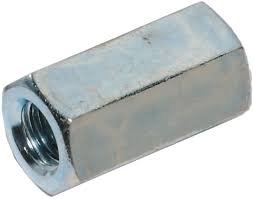I've never seen a chuck this tight before.
Silly as it might seem, have you considered the fact that it might have a lefthand spindle thread?
Certainly is stuck but good. So much that I considered left-hand threads, a hidden locking screw somewhere, or even just rust. But I went by the manual that came with the lathe, and it specifically said, “Turn the chuck in a counter-clockwise direction to remove.” And according to the manual, there are two locking tabs, which I had already removed, and that’s it. Then unscrew the chuck to remove.
I shone a flashlight everywhere I could, but no sign of any rust, either. Heck, I used so much penetrating oil that I’ll probably get a stream of the stuff pouring out of the spindle whenever I manage to remove the chuck.


